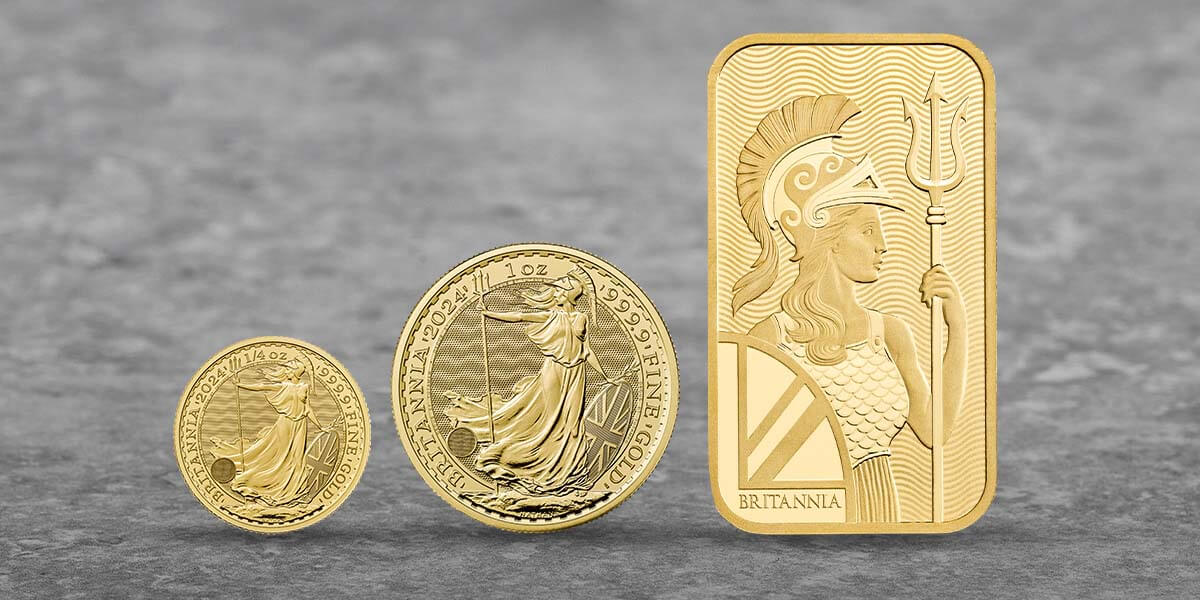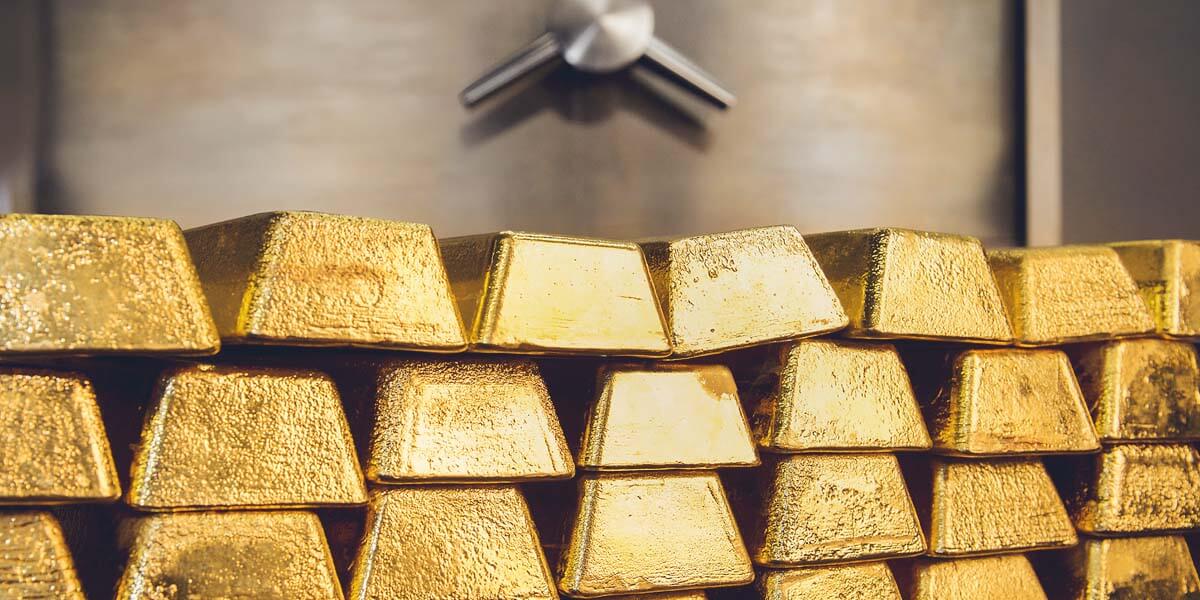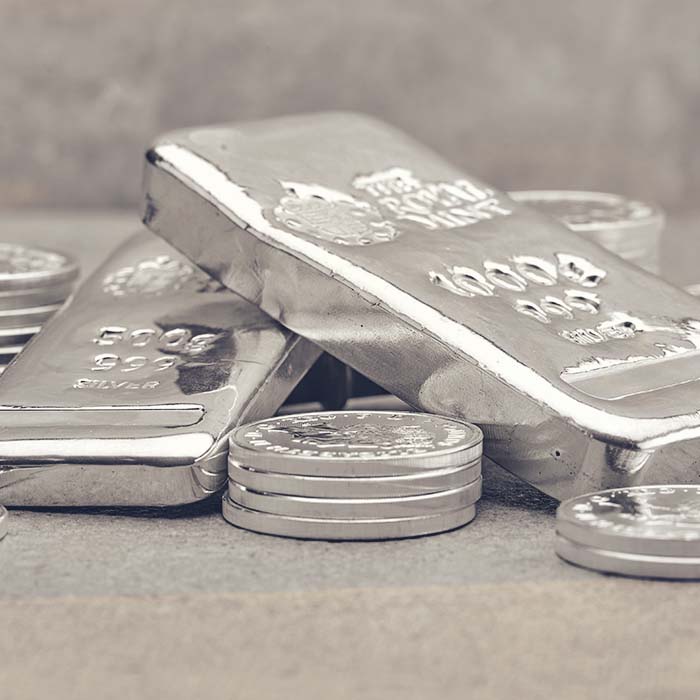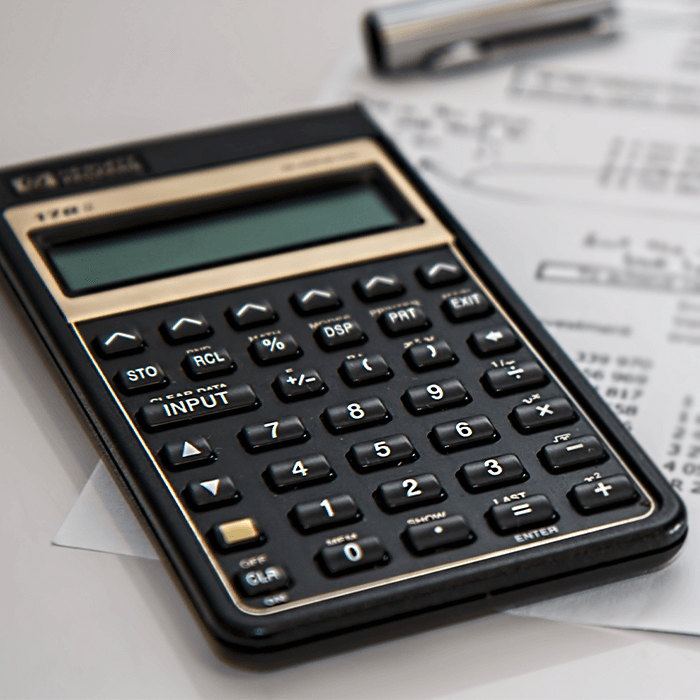
Why do companies charge premiums?
Like any other company, firms selling bullion incur costs. They have to employ staff, insure inventories and ensure they’re accessible to their customers by investing in marketing. They also need to generate a profit to keep operating. Premiums help cover these costs.
Generally, larger products are easier to produce and cheaper per ounce than smaller products. For example, four-hundred-ounce cast bars are produced by pouring molten gold into a mould and stamping the solidified bar with details such as brand, serial number and fineness. Investing in these bars can often be the cheapest way to buy gold, but their large size makes them unaffordable for the majority of gold buyers.
Small minted gold coins are more difficult to produce. Manufacturers first create ‘blanks’ (round discs of metal) of the right thickness and then create ‘dies’ (the stamps that strike the metal to form the design) and apply a texture or pattern to the edge of the coins. The coins are then packed in protective packaging to prevent damage. Additionally, premiums for these coins need to cover the costs of wear and tear on the machinery, the time it takes for designers and engravers to produce the dies, and the costs of producing and/or shipping the packaging.
Many investors choose to pay slightly higher premiums in order to access products that better suit their budget, that are exempt from Capital Gains Tax (CGT) – UK coins are CGT exempt, bars are not – and that may be easier to resell in the future.
Those looking simply for exposure to the gold price and the best prices for gold coins may wish to consider best-value gold coins. For a slightly lower premium, investors can buy coins of any year and in any condition – these coins may show signs of wear and may have passed through many hands. The Royal Mint sells best-value gold Sovereigns and best-value gold Britannias.

How are premiums calculated?
Different companies, operating in different sectors or regions, apply different premiums to bullion products. There is no set rule or industry standard.
As with most of the UK market, The Royal Mint usually applies a percentage-based premium on gold and platinum bullion products, and a fixed monetary premium on silver bullion products.
e.g. Metal Value plus 5% for a gold
or platinum product or Metal Value plus £5 for a silver product
There are two reasons for this:
a) Many people think about investments in percentage terms: ‘What percent of my portfolio is allocated to gold?’ or ‘What is the percentage growth of my portfolio this year?’. Assigning gold and platinum premiums in percentage terms therefore aligns with the wider investment market. Although silver bullion is also seen as an investment, its lower value means that when silver prices change, the change in percentage price is minimal – so we assign fixed monetary premiums to silver for ease.
b) When creating bullion products, most manufacturers will guarantee a minimum fine gold, silver or platinum weight of at least the same as the weight stated on the product, if not slightly over. This tolerance means many one ounce bullion coins contain very slightly more than one ounce of their metal, but prices are calculated on the basis that the product contains only one ounce. The cost of this extra metal can soon add up when producing large volumes of coins and bars. By applying premiums on a percentage basis for more expensive metals, manufacturers can guard against the impact of increased costs for the additional metal.
For a percentage:
(Price of the Product minus (Fine Metal Weight in Troy Ounces multiplied by Troy Ounce Price of the Metal)) divided by (Fine Metal Weight in Troy Ounces multiplied by Troy Ounce Price of the Metal)
For example, if the gold price is £1,500 and a one ounce gold Britannia costs £1,605:
(£1,605 minus (1oz multiplied by £1,500)) divided by (1oz multiplied by £1,500) = 7%
For a monetary value:
Price of the Product minus (Fine Metal Weight in Troy Ounces multiplied by Troy Ounce Price of the Metal)
For example, if the silver price is £18 and a one ounce silver Britannia costs £26:
£26 minus (1oz multiplied by £18) = £8
Where relevant, VAT or other sales taxes is usually applied to the full price of the product. For silver and platinum buyers in the UK, the full price will be:
(Intrinsic Metal Value plus Premium) multiplied by Current Rate of VAT.

Why do premiums change?
Just like prices of other goods, many factors can impact premiums on bullion products, including supply-and-demand dynamics. Some possible factors are:
- Lack of supply/surplus of supply
- Lower demand/increased demand
- Changes in business operating costs
- Changes in manufacturing processes or costs
- Competition
- Changes in how inventory is financed/costs of leasing metal
- Changes in costs of packaging, shipping and marketing



